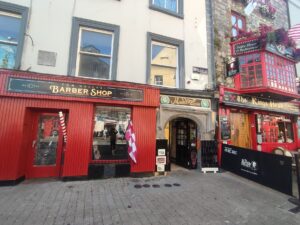Warsaw or Warszawa in Polish is the capital of Poland and its population is estimated at around 1.86 million people within a greater area of 3.1 million making it the 6th largest city in Europe. Warsaw became Poland’s capital in the late 16th century after King Sigismund III’s decision to move the capital there from Krakow. King Sigismund III was quite loved by the Warsawans and his palace was one of the first targets to be demolished after the Warsaw uprising against the Germans in 1944 along with 85% of the whole city. As mentioned in UNESCO’s world heritage website “after the war, a five-year reconstruction campaign by its citizens resulted in today’s meticulous restoration of the Old Town, with its churches, palaces, and market-place. It is an outstanding example of a near-total reconstruction of a span of history covering the 13th to the 20th century” which became possible only thanks to the determination of Profesor Jan Zachwatowicz and his team who insisted on reconstructing the area exactly as it was before based on old documents, memories, drawings and any other source available.
Highlights from visiting the Old Town:
Professor Jan Zachwatowicz 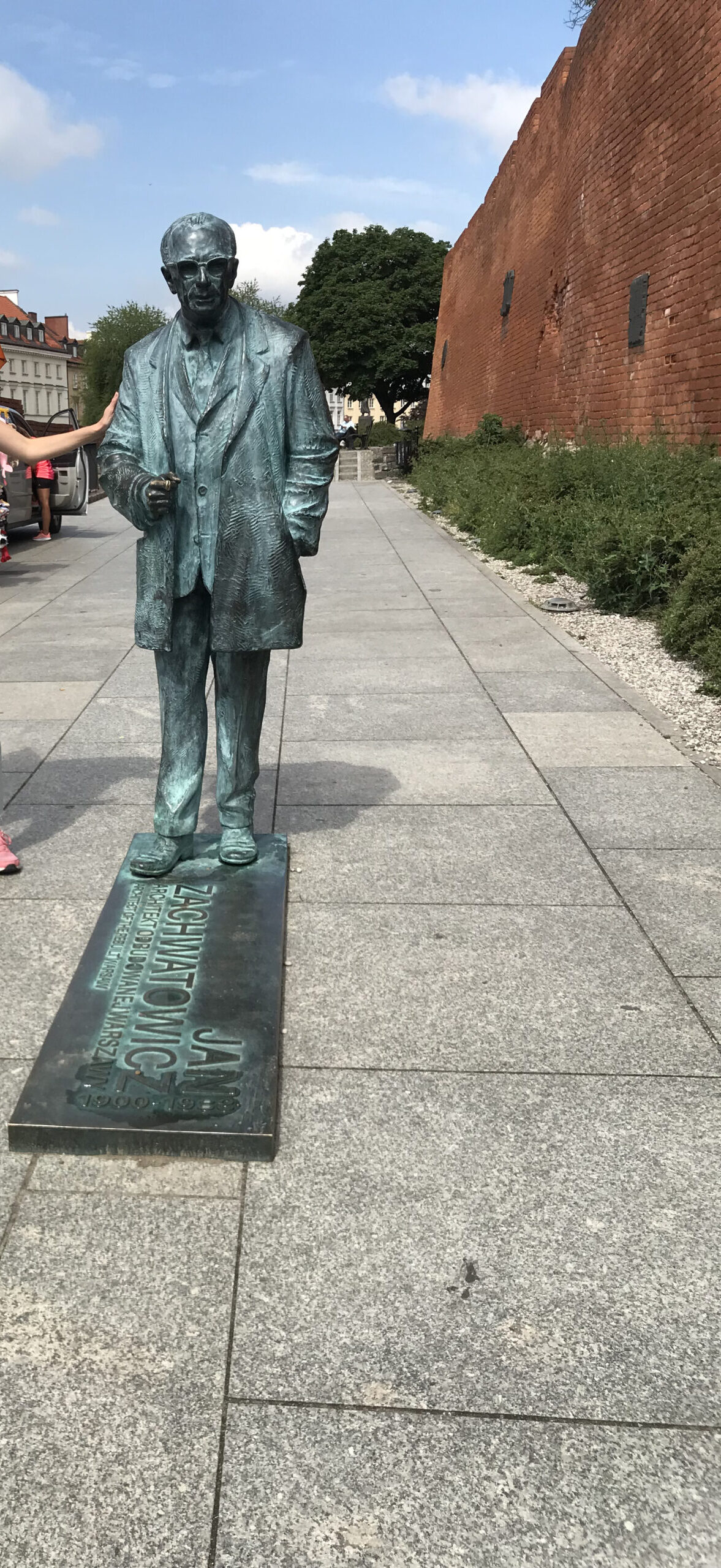
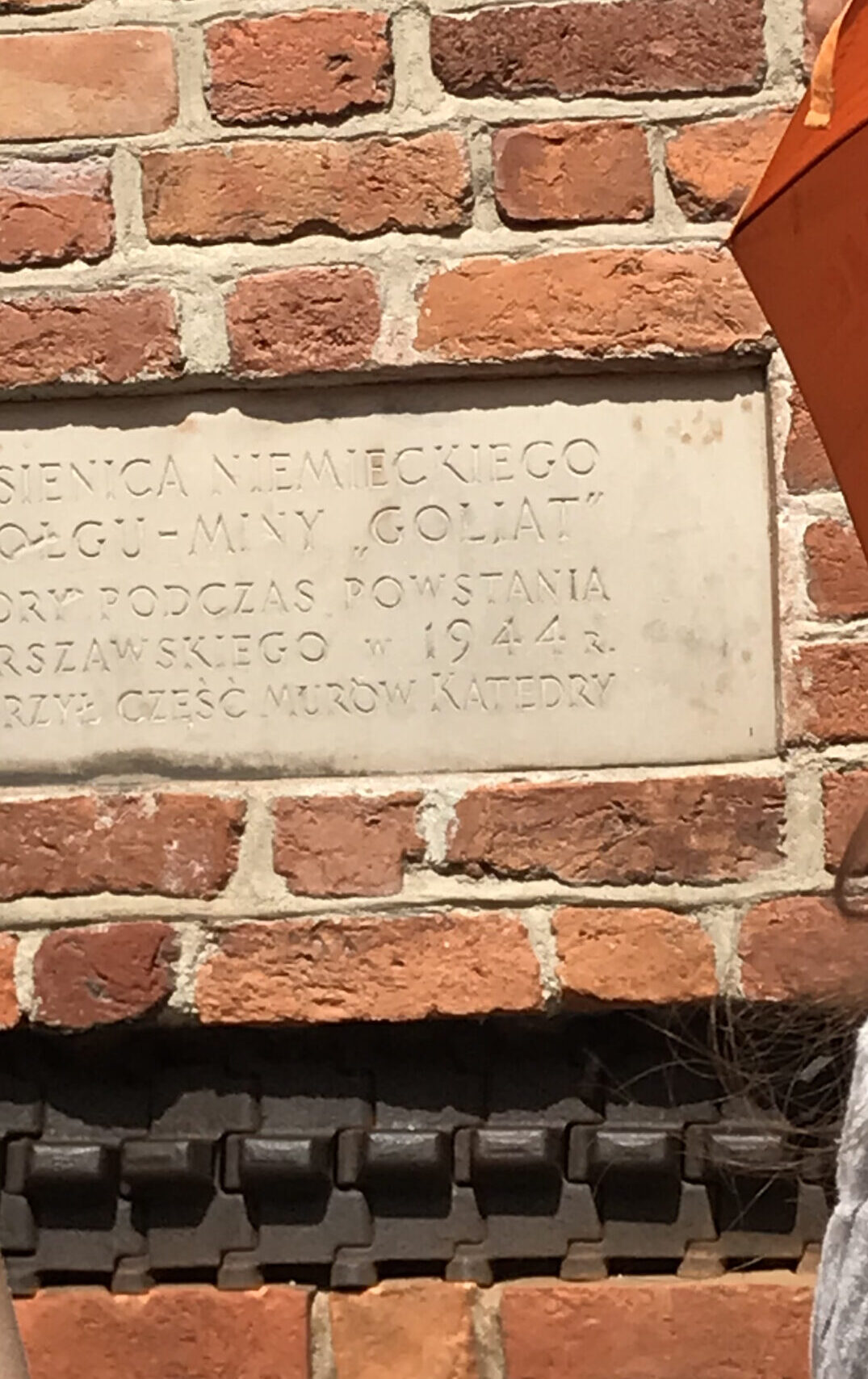 It is claimed that this is part of the Goliath, the German unmanned single-use ground vehicle used to carry explosives, think of it as the predecessor of the modern drone but used for war purposes.
It is claimed that this is part of the Goliath, the German unmanned single-use ground vehicle used to carry explosives, think of it as the predecessor of the modern drone but used for war purposes.
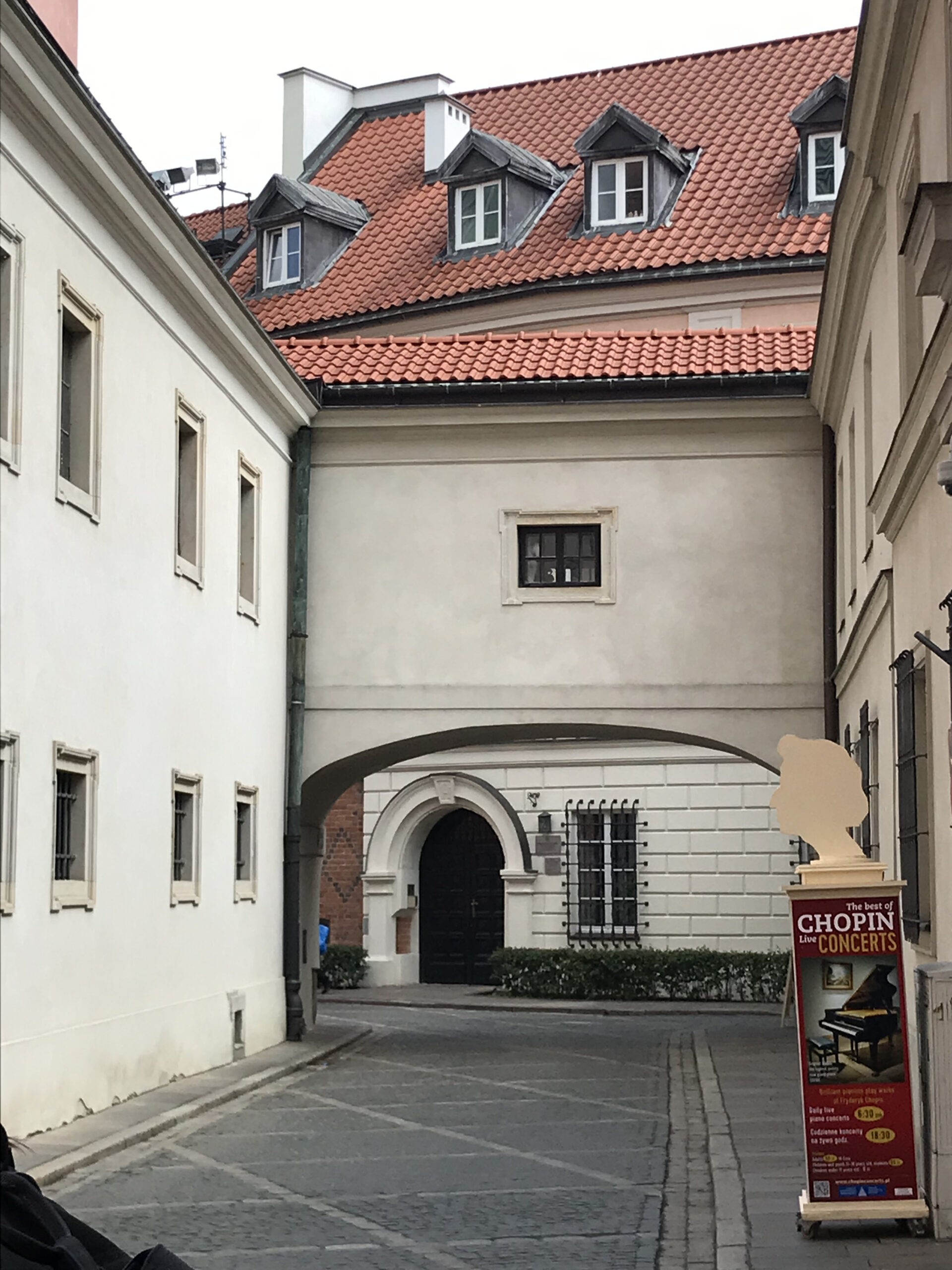
This passage connecting the Royal Palace to the Cathedral is said to have been built for King Sigismund III. After an attempt to murder him on his way to the church, he decided to connect the church with his royal chambers for safety reasons.
 The wishing bell: according to legend if you touch the bell while walking around it, it will bring you good luck. *Of course both Maria and I took our turns doing it, good luck is never something to ignore!
The wishing bell: according to legend if you touch the bell while walking around it, it will bring you good luck. *Of course both Maria and I took our turns doing it, good luck is never something to ignore!
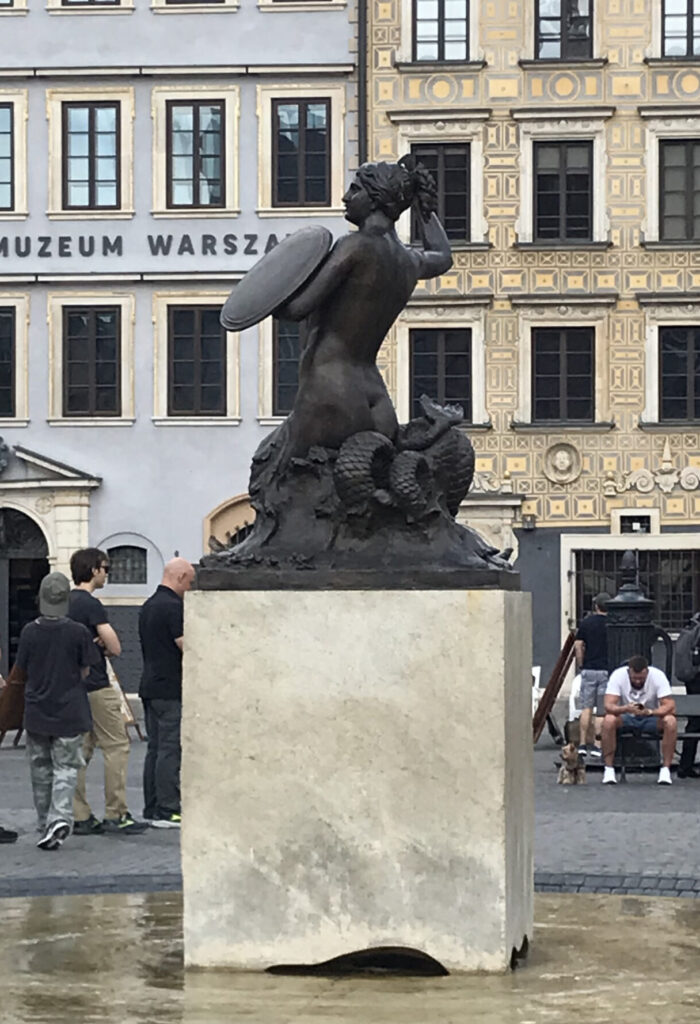
The mermaid or siren, protector of Warsaw.
As the tale goes, she is the sister of the Copenhagen mermaid. She was caught by a group of fishermen who took her to the duke’s palace. After a lot of pleading she persuaded the youngest of the fishermen to set her free and in exchange, she swore to protect the city.
Interesting places to visit:
Park Morskie Oko: An oasis amid the buildings. The park is a vast area of green where you can unwind under the willows after a busy day. It is a great place to jog, or just stroll around. 
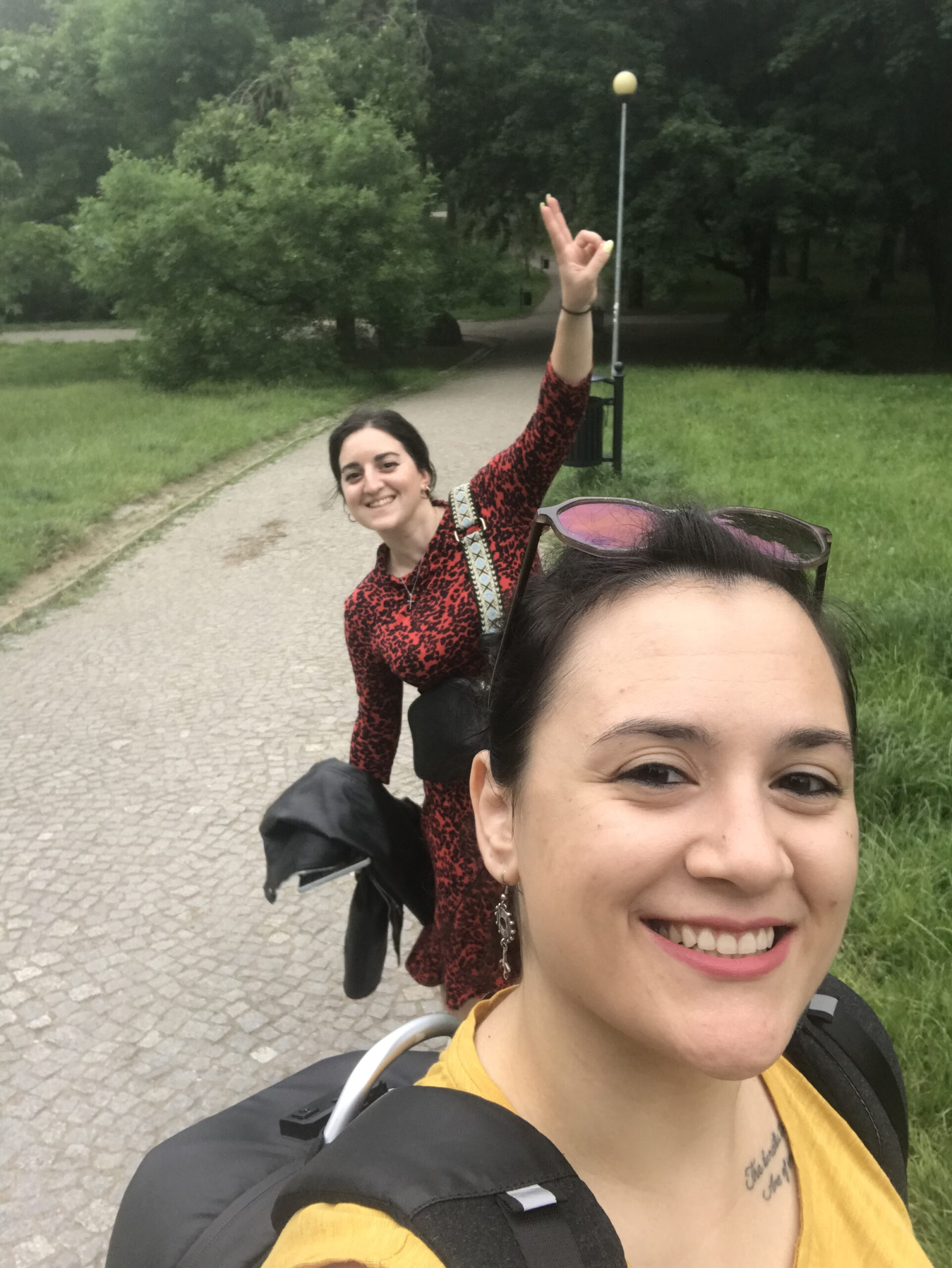
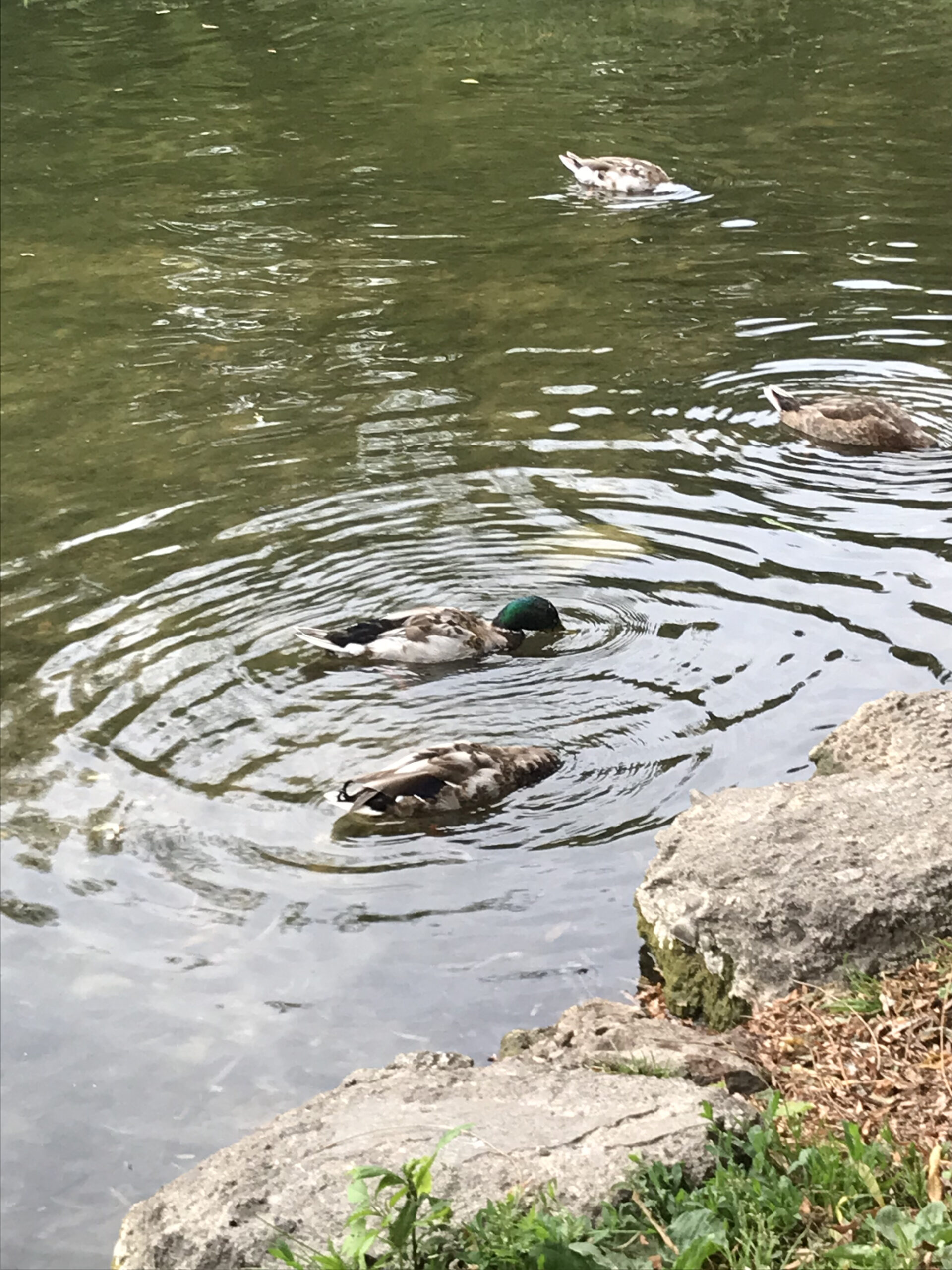
Polin Museum: An highly interactive museum covering the history of the Polish Jews along with the history of Poland itself. Definitely worth visiting!










Warsaw Rising Museum: a tribute to Warsaw citizens who fought and died for Poland’s independence.
Monument to the Warsaw Uprising Fighters 
During our visit, there was also a heartbreaking, public installation featuring things that belonged to families deported to Siberia in 1940-1941
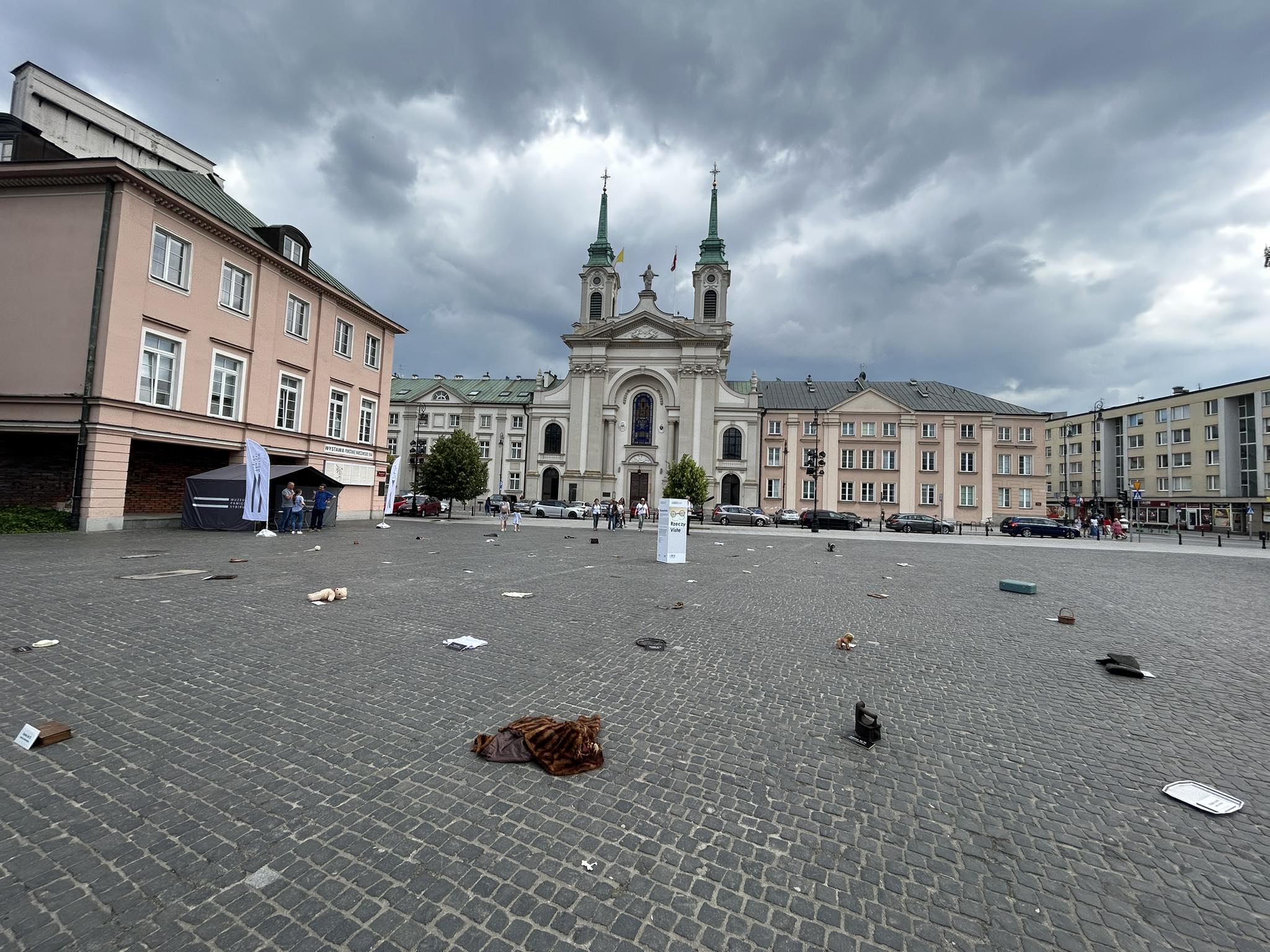
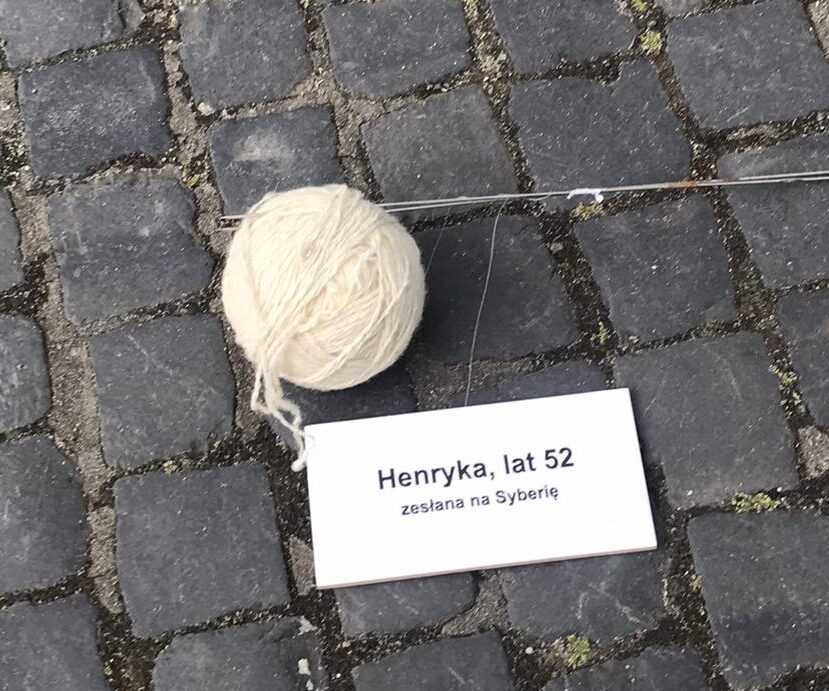
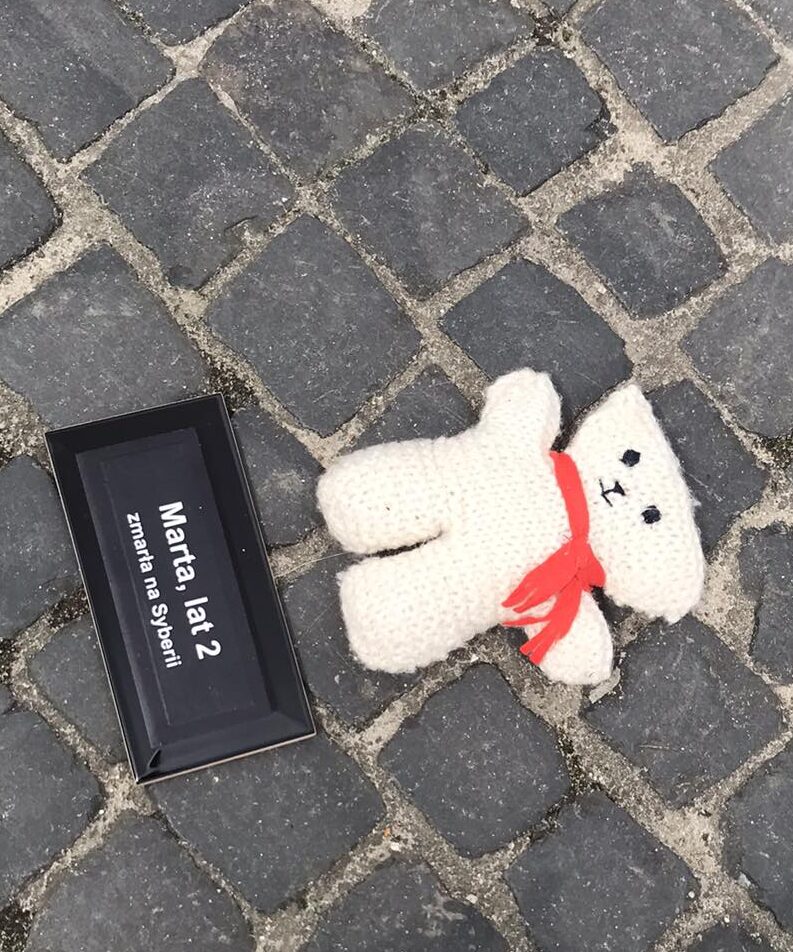
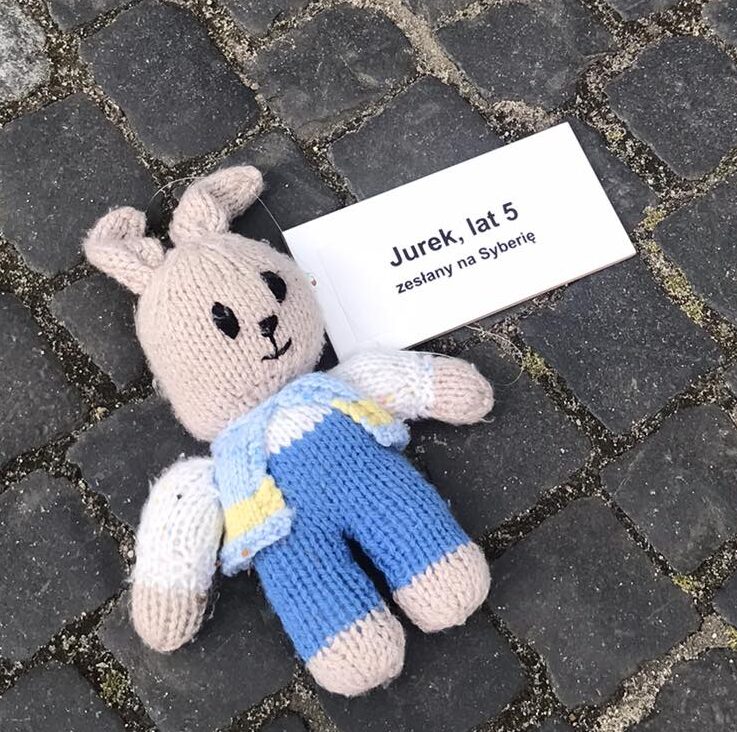
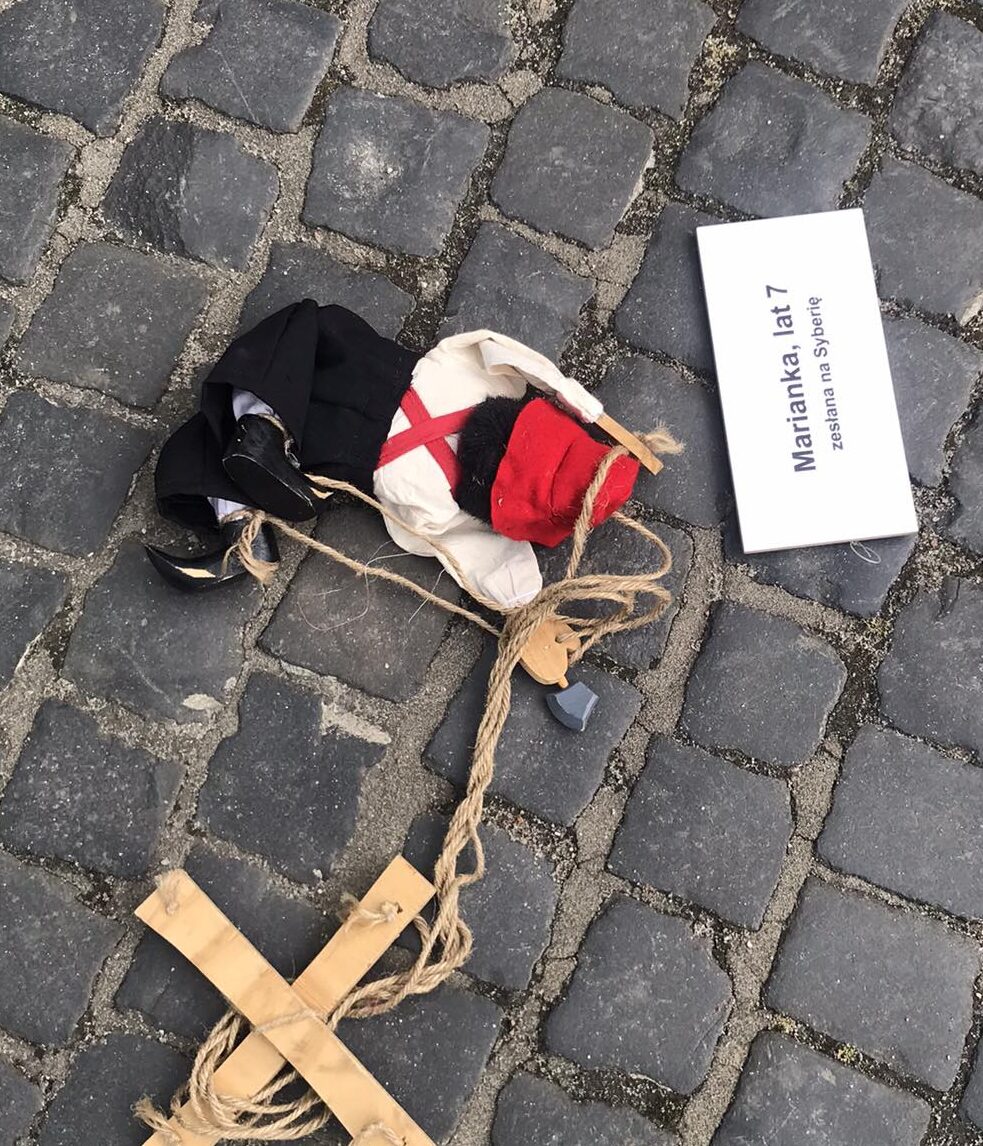
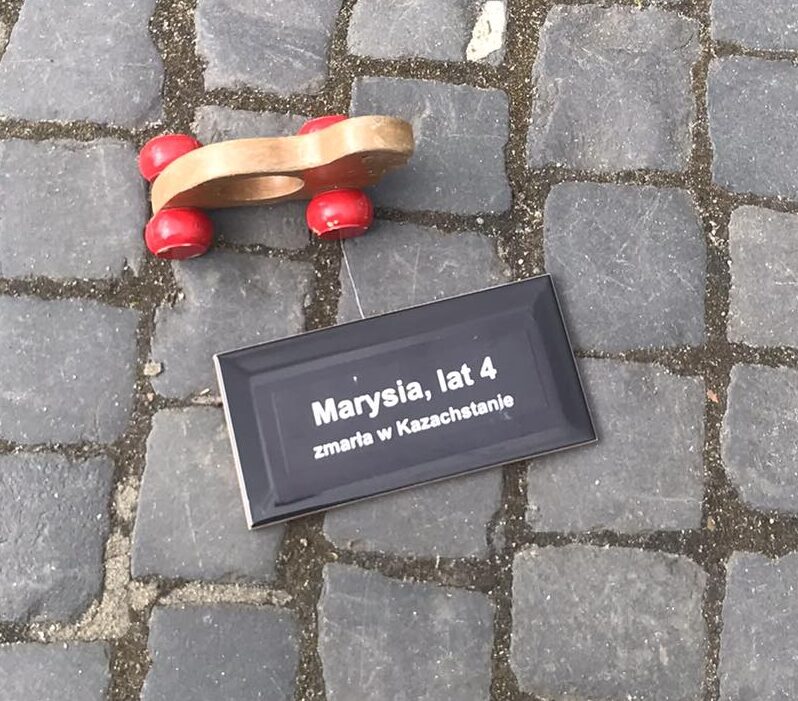
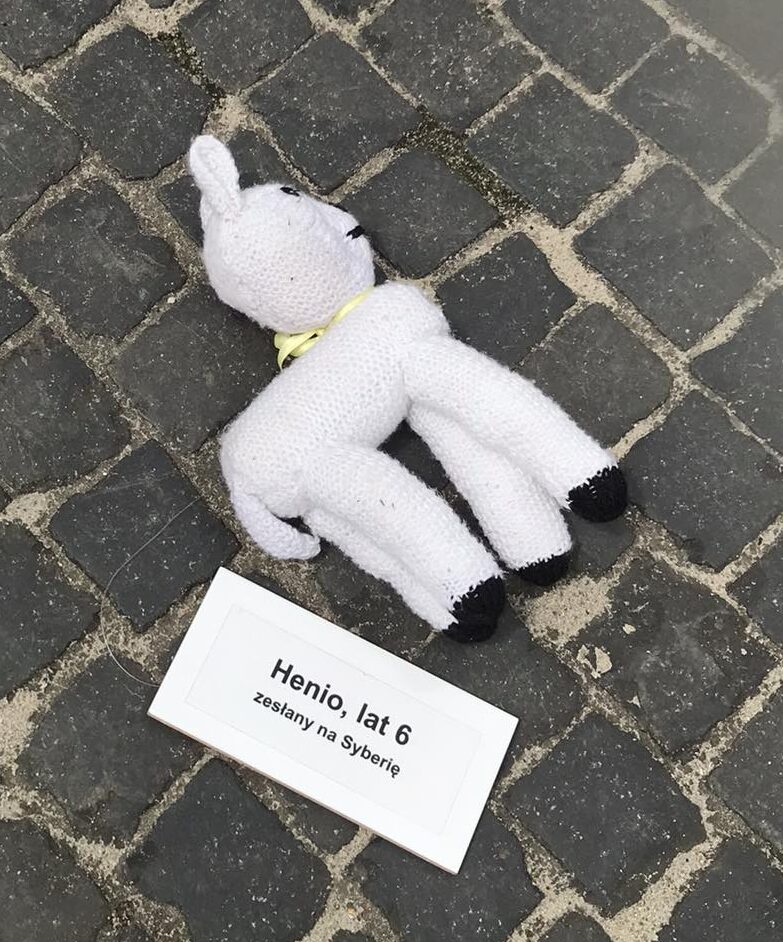
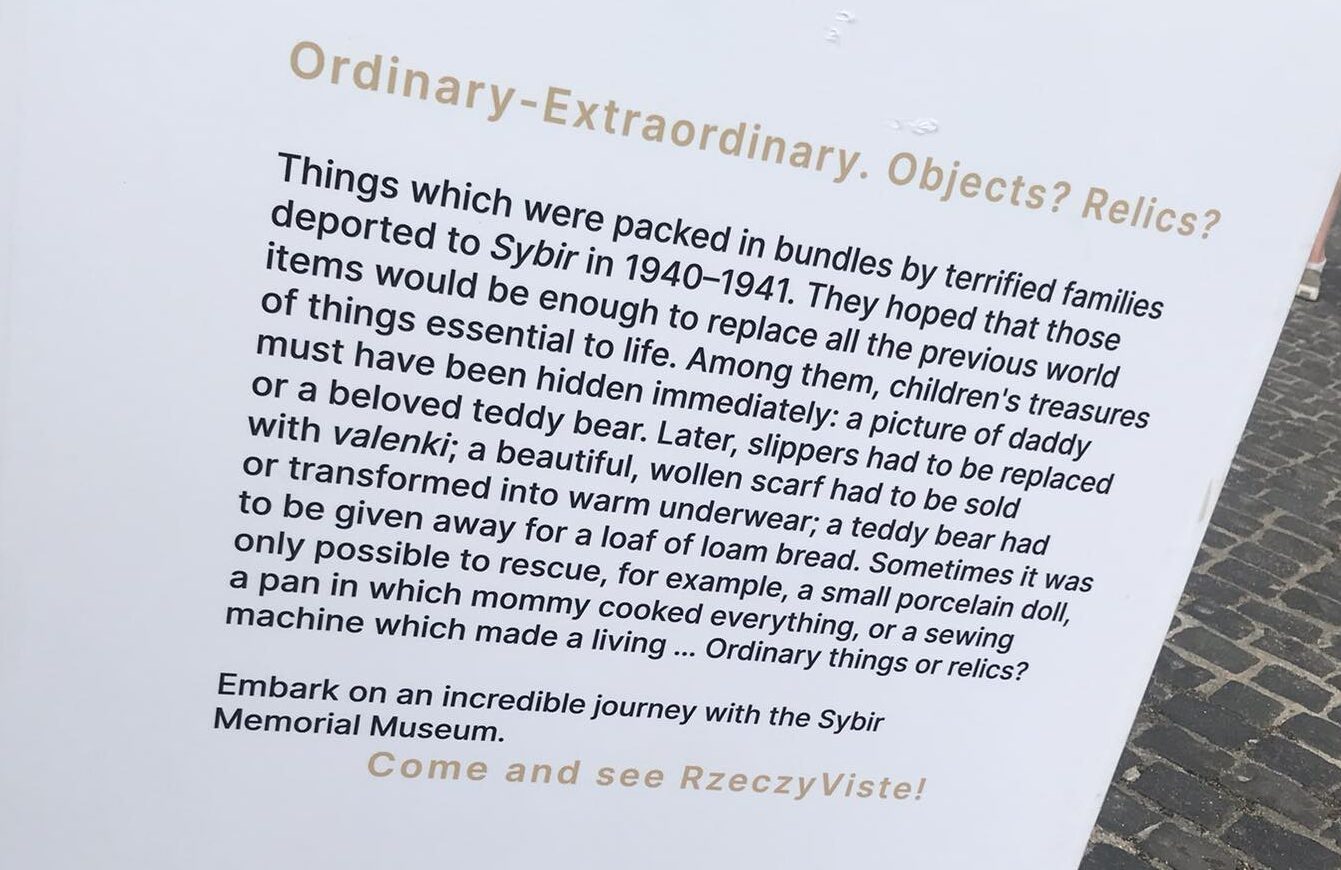
Some practical information about Warsaw:
- It is a city full of modern, often unsettling history.
- Polish currency is called zloty (PLN). 1 PLN is around 0,23 euros.
- There are free outdoor Chopin concerts every Saturday at 12 and 4 pm at Lazienki Park.
- Try Polish fast food at the famous milk bars.
- It is an extremely bike-friendly city with 735km of cycling lanes. Veturilo bikes are rentable and the prices start from free for 0-20 mins, 1 PLN for 21-60 mins, the second hour is 3 PLN, the 3rd hour is 5 PLN and every extra hour is 7 PLN.
- Tap water is safe to drink.
- Warsaw has an excellent public transportation system with the same ticket being valid for buses, metro, trams, and suburban trains.
That was a very quick glimpse into Poland’s heart. Warsaw has something for everyone and it is definitely worth adding to your To-travel-list.


